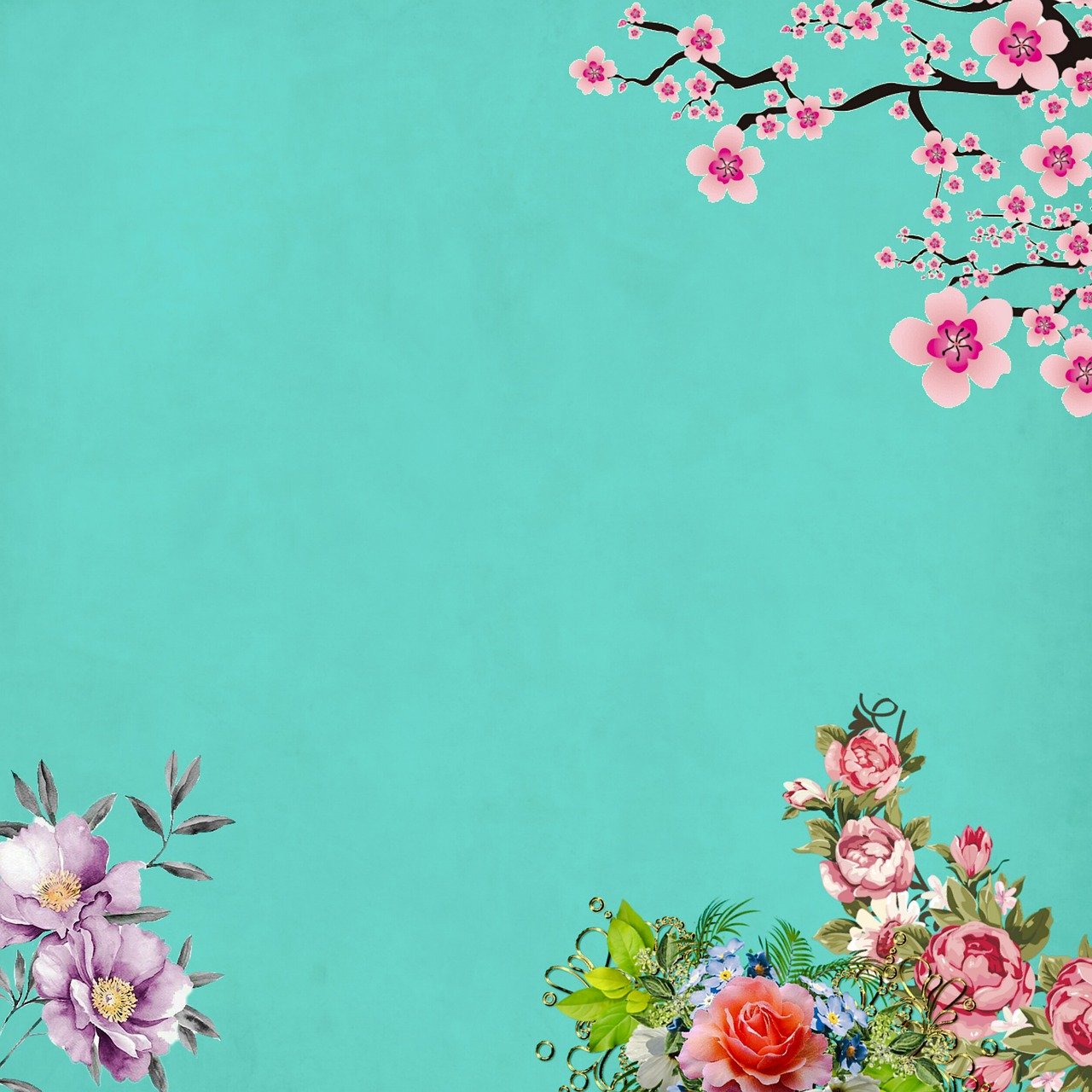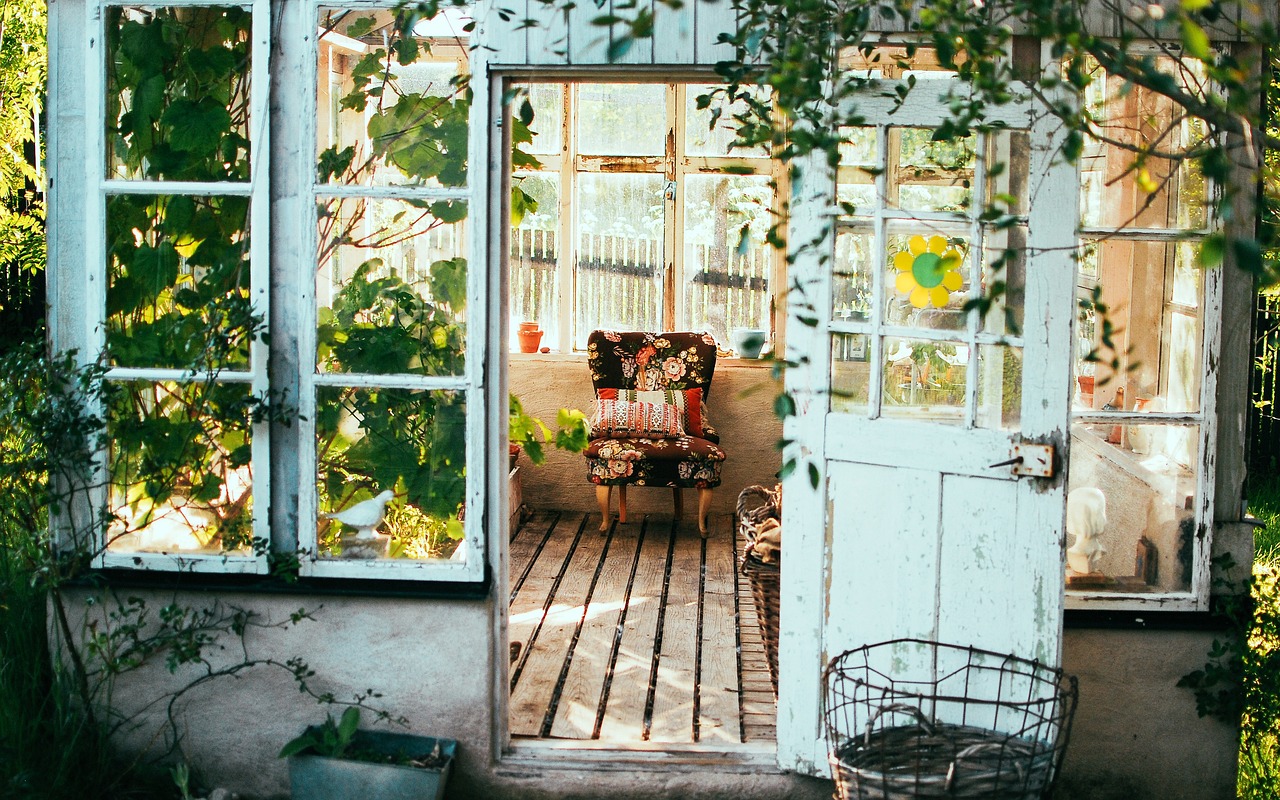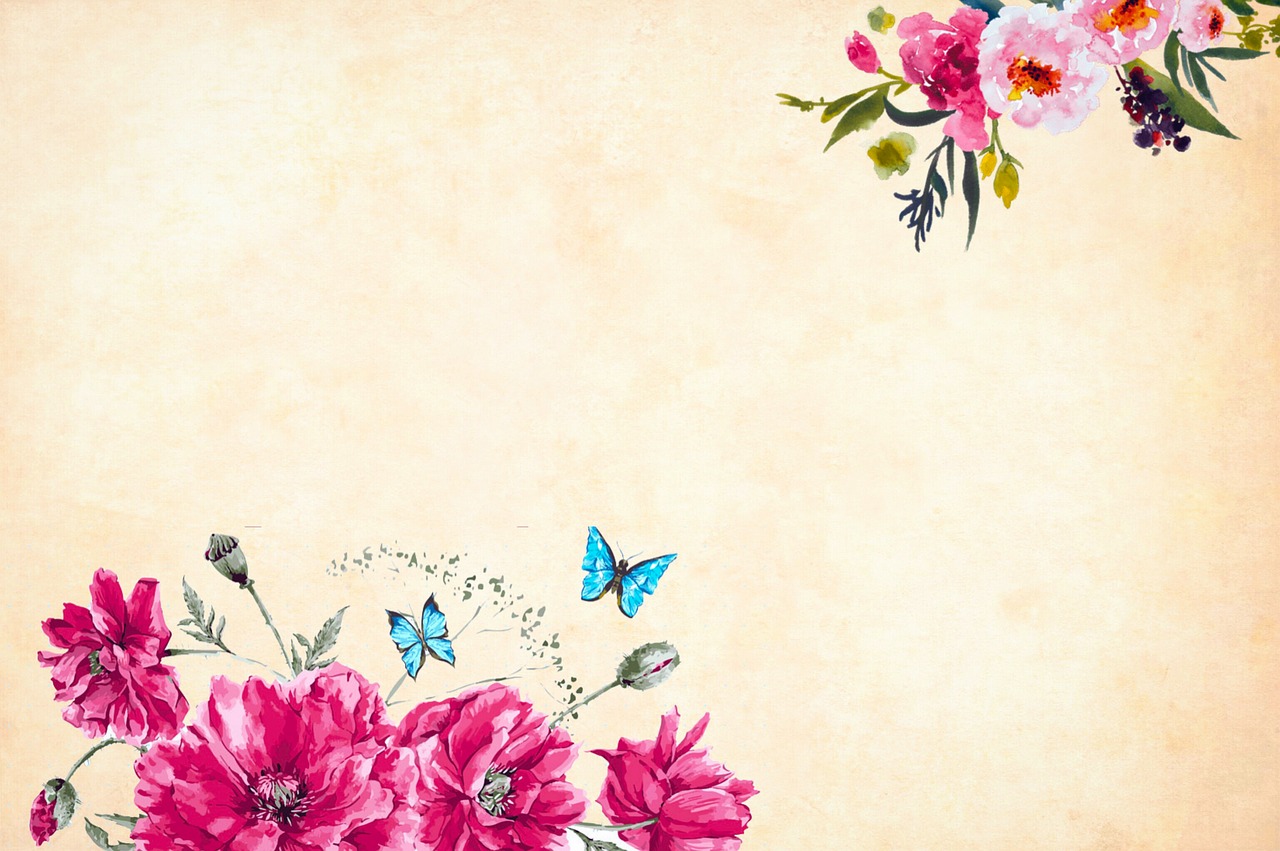Step into the world of interior design with our informative and educational posts on Coverswallcoverings.com. Discover the perfect wallcoverings for your rustic interior design, as we explore the versatile and timeless appeal of wallpaper. From faux finishes to nature-inspired prints, we delve into the various designs that can add warmth and charm to any space. Explore the endless possibilities and learn the art of incorporating wallpaper into your rustic interior design. Let us be your guide on this creative journey.

The Basics of Wallpaper
Wallpaper is a versatile and stylish way to enhance the look and feel of any room, and it can be particularly effective in achieving a rustic interior design. Before we dive into the specific ways in which wallpaper can elevate your rustic space, let’s begin with the basics.
Types of wallpaper
There are various types of wallpaper available in the market, each offering its own unique characteristics. Vinyl wallpaper is a popular choice due to its durability and ease of maintenance. It is resistant to moisture, making it ideal for high-traffic areas such as kitchens and bathrooms. Another option is fabric wallpaper, which adds a touch of luxury and warmth to a room. Grasscloth wallpaper, made from natural fibers like jute or sisal, has a textured and organic look that complements rustic interiors. Other types include paper, non-woven, and peel-and-stick wallpaper, each with its own benefits and considerations.
Choosing the right wallpaper for your rustic interior design
When selecting wallpaper for a rustic-themed room, consider the overall aesthetic you wish to achieve. Rustic interiors often evoke a sense of warmth, comfort, and connection to nature. Look for wallpaper patterns and textures that reflect these qualities. Wood grain patterns can add a rustic charm, mimicking the look of weathered wood. Stone texture patterns create a rustic and earthy atmosphere. Floral and botanical patterns, done in subtle and muted tones, can add a touch of nature to your rustic space. Ultimately, choose a wallpaper that resonates with your personal style and complements the existing elements in your room.
Installing wallpaper in a rustic-themed room
Installing wallpaper is a relatively straightforward process, but it requires attention to detail and careful preparation. Before you begin, ensure that the walls are clean, smooth, and free from any imperfections. Measure your walls accurately and purchase the appropriate amount of wallpaper to avoid running out in the middle of the installation. Follow the manufacturer’s instructions for application, whether it involves using adhesive or applying peel-and-stick wallpaper. Take your time during the installation process, ensuring that the pattern lines up correctly and any air bubbles or wrinkles are smoothed out. Remember, proper installation is key to achieving a seamless and professional look.
The Influence of Wallpaper on Rustic Interior Design
Now that we understand the basics of wallpaper, let’s explore how it can have a significant impact on the overall aesthetic of a rustic interior design.
Adding texture and dimension
One of the key aspects of rustic design is the use of texture and natural elements. Wallpaper can be an excellent way to introduce texture into a space. Opt for wallpapers with embossed or textured surfaces that mimic the look of natural materials such as wood or stone. These textures add depth and visual interest to your walls, creating a cozy and inviting atmosphere. Whether you choose a wallpaper with a subtle texture or a more pronounced one, it can make a significant difference in the overall feel of your rustic space.
Creating visual interest with patterns
Patterns play a crucial role in interior design, and wallpaper offers endless possibilities when it comes to incorporating them into a rustic-themed room. From wood grain patterns to floral motifs, patterns can add visual interest and break up the monotony of solid-colored walls. Consider incorporating wallpaper with patterns that align with the rustic theme. For example, wood grain patterns can bring a touch of natural warmth to a space, while floral and botanical patterns evoke a sense of rustic elegance. Experiment with different patterns and scales to find the perfect balance for your rustic interior.
Enhancing the rustic atmosphere with wallpaper
Wallpaper has the power to transform a room, and when used in a rustic interior, it can enhance the overall rustic atmosphere. Whether you’re aiming for a cozy cabin retreat or a farmhouse-inspired space, wallpaper can help you achieve the desired ambiance. Earthy tones and natural textures create a sense of grounding and authenticity, while subtle patterns add a touch of personality. By carefully selecting and installing wallpaper, you can elevate the rustic atmosphere, making your space feel warm, inviting, and in harmony with nature.

Wallpaper Patterns for Rustic Interior Design
When it comes to choosing the perfect wallpaper pattern for your rustic interior design, there are several options that can help you achieve the desired look and feel.
Wood grain patterns
Wood grain patterns are a classic choice for rustic interior design. They can add the warmth and charm of natural wood to your walls without the need for expensive and time-consuming carpentry work. Whether you prefer the look of weathered barn wood or a more refined oak, there are wood grain wallpaper options available to suit your taste. These patterns can create a focal point in a room or be used on all walls for a more immersive rustic experience.
Stone texture patterns
If you want to bring an earthy and rugged feel to your rustic interior, consider stone texture patterns. These wallpapers mimic the look and feel of various types of stone, from the rough and rustic to the smooth and polished. Stone texture patterns can add depth and character to your walls, making them a focal point of your rustic space. Whether you choose a wallpaper that resembles stacked stones or a more subtle and textured stone pattern, it can create a visually stunning backdrop that complements other rustic elements in your room.
Floral and botanical patterns
For a softer and more delicate rustic aesthetic, floral and botanical patterns can be an excellent choice. Opt for wallpapers with muted colors and naturalistic floral motifs that evoke a sense of nature and tranquility. These patterns can be used sparingly as an accent wall or applied to all walls to create a serene and romantic atmosphere. Floral and botanical patterns can soften the overall look of a rustic space, creating a harmonious balance between rustic charm and natural beauty.
Colors and Tones for Rustic Wallpaper
When selecting wallpaper for your rustic interior design, choosing the right colors and tones is crucial in achieving the desired atmosphere. Here are some color considerations for creating a rustic look:
Earthy and neutral tones
Earthy and neutral tones are the foundation of rustic interior design. Think warm browns, soft beiges, and muted grays. These colors evoke a sense of nature and provide a neutral backdrop for other rustic elements in the room. When selecting wallpaper, consider these earthy and neutral tones as a base. Whether you opt for a subtle tone-on-tone pattern or a solid-colored wallpaper, these hues will help create a warm and inviting rustic ambiance.
Rustic-inspired color palettes
Beyond earthy and neutral tones, rustic interior design can also incorporate rustic-inspired color palettes. These palettes often feature warm and comforting colors such as deep reds, burnt oranges, and golden yellows. These colors can add a touch of vibrancy and warmth to your rustic walls, creating a cozy and inviting atmosphere. When considering wallpaper, explore patterns and designs that incorporate these rustic-inspired colors to bring an extra layer of richness to your space.
Using wallpaper to create a focal point
In addition to selecting the right colors and tones, wallpaper can also be used strategically to create a focal point in your rustic interior design. By choosing a bold and eye-catching wallpaper for a feature wall, you can draw attention to a specific area of the room. This can be particularly effective in highlighting architectural elements such as a fireplace or a built-in bookshelf. Consider wallpaper patterns with intricate designs or bold colors that stand out from the rest of the room. By creating a focal point with wallpaper, you add visual interest and depth to your rustic space.

Wallpaper Materials for Rustic Interior Design
The choice of wallpaper material is essential when it comes to achieving a cohesive and authentic rustic interior design. Here are some materials that are well-suited for rustic spaces:
Natural fibers and grasscloth
Natural fibers, such as jute, sisal, or grasscloth, can add a touch of organic texture to your rustic walls. Grasscloth wallpaper, in particular, is a popular choice for rustic interior design, as it has a unique and irregular texture that mimics the natural variations found in grasses. Made from sustainable materials, grasscloth wallpaper is also an eco-friendly option. Whether you choose a grasscloth wallpaper in its natural color or with added dye, it can bring a rustic and environmentally conscious element to your space.
Rustic-inspired textures like burlap or linen
To add a rustic charm to your walls, consider wallpaper with rustic-inspired textures like burlap or linen. These materials have a coarse and tactile quality that can enhance the overall rustic aesthetic of a room. Burlap wallpaper, for example, can add a touch of farmhouse charm, while linen wallpaper offers a more refined and classic rustic look. These textures can add depth and interest to your walls, making them a focal point in your rustic interior design.
Eco-friendly and sustainable options
In recent years, there has been a growing demand for eco-friendly and sustainable wallpaper options. If sustainability is a priority for you, consider wallpapers made from recycled materials or those that are printed with water-based inks. These eco-friendly options can help reduce your environmental impact while still creating a beautiful and rustic interior. Look for wallpapers that are certified as eco-friendly or have low VOC (volatile organic compounds) levels to ensure that your rustic space remains healthy and environmentally conscious.
Contrasting and Complementing Wallpaper with Rustic Furniture
Finding the perfect balance between your wallpaper and rustic furniture is key to creating a cohesive and visually pleasing interior design. Here’s how you can contrast and complement the two elements:
Creating a balanced look
To create a balanced look, consider the overall color palette and style of your rustic furniture. If your furniture is predominantly made of richly stained wood, consider opting for a wallpaper in a complementary color that enhances the natural beauty of the wood. On the other hand, if your rustic furniture features lighter finishes or painted surfaces, you can opt for a wallpaper with more intricate patterns or bolder colors to create contrast. By achieving a balance between your wallpaper and furniture, you can ensure that both elements shine in your rustic interior design.
Choosing the right colors and patterns
When combining wallpaper with rustic furniture, consider the colors and patterns in both elements. If your furniture has a lot of intricate details and patterns, it’s generally best to choose a wallpaper with a more subtle pattern or a solid color to prevent visual overload. On the other hand, if your furniture has a simpler and more understated design, you can opt for a wallpaper with bolder patterns or colors to create visual interest. Keep in mind that the goal is to create a harmonious and cohesive look, where both the wallpaper and furniture complement each other without overpowering one another.
Mixing and matching textures
Texture is another essential element to consider when combining wallpaper with rustic furniture. If your furniture features an abundance of texture, such as rough-hewn wood or distressed finishes, consider opting for a wallpaper with a smoother or more subtle texture to create contrast. On the other hand, if your furniture has a smoother surface, you can look for wallpapers with more pronounced textures, such as grasscloth or stone patterns, to add depth and visual interest. By mixing and matching textures, you can create a visually dynamic and captivating rustic interior design.
Maintenance and Durability of Wallpaper in Rustic Interior Design
While wallpaper can add beauty and character to your rustic interior, it’s important to ensure its maintenance and durability. Here’s how you can care for your wallpaper in a rustic setting:
Cleaning and caring for wallpaper
Regular cleaning and maintenance are essential to keep your wallpaper looking fresh and vibrant. In most cases, a simple dusting with a soft cloth or vacuuming with a brush attachment will suffice to remove dust and debris. Avoid using abrasive cleaners or harsh chemicals, as they can damage the wallpaper. If you encounter a stain or mark on the wallpaper, gently spot clean the area with a mild detergent and a soft cloth, taking care to blot rather than rub. It’s always a good idea to test any cleaning solution on a small, inconspicuous area of the wallpaper first to ensure it doesn’t cause any damage.
Protecting wallpaper in high-traffic areas
In high-traffic areas, such as hallways or entryways, it’s important to take additional steps to protect your wallpaper. Consider applying a clear protective coating over the wallpaper to provide an extra layer of durability and resistance to everyday wear and tear. There are specialized wallpaper sealants or clear varnishes available in the market that can protect the wallpaper without compromising its appearance. Additionally, consider using furniture pads or bumpers to prevent furniture from scratching or damaging the wallpaper when it comes into contact with the walls.
Addressing potential issues with moisture or humidity
In rustic spaces, particularly those in areas with high humidity or moisture, it’s important to select wallpaper that can withstand these conditions. Vinyl wallpaper is a popular choice for bathrooms and kitchens as it is resistant to moisture. However, it’s important to ensure proper ventilation in these areas to prevent any moisture buildup behind the wallpaper. In rooms with higher humidity levels, such as basements, consider using a dehumidifier or a moisture barrier behind the wallpaper to prevent any potential issues. Remember to always consult the manufacturer’s recommendations and guidelines for the specific wallpaper you choose, as they may have specific instructions for addressing moisture-related issues.
Incorporating Wallpaper as an Accent in Rustic Interior Design
Using wallpaper as an accent in your rustic interior design can create a focal point and add depth to your space. Here’s how you can incorporate wallpaper as an accent:
Creating a feature wall
One of the most common ways to incorporate wallpaper as an accent is by creating a feature wall. Choose a single wall in the room, such as the one behind the bed in a bedroom or the one behind the dining table in a dining room, and apply wallpaper to that wall only. Select a wallpaper with a bold pattern or a unique texture to make it stand out from the surrounding walls. By creating a feature wall, you can draw attention to a specific area of the room and add visual interest without overwhelming the entire space.
Using wallpaper as a backdrop for artwork or decor
Another way to incorporate wallpaper as an accent is by using it as a backdrop for artwork or decor. Choose a wallpaper with a subtle pattern or a muted color that complements the artwork or decor pieces you plan to display. By placing artwork or decor against a wallpapered backdrop, you can create a visually dynamic and layered look. Whether it’s a rustic painting or a collection of vintage signs, the wallpaper can provide a compelling backdrop that enhances the overall aesthetic of your rustic space.
Highlighting architectural elements with wallpaper
Wallpaper can also be used to highlight architectural elements in your rustic interior design. For example, if you have exposed beams or a coffered ceiling, consider applying wallpaper to the ceiling to draw attention to these beautiful features. Opt for a wallpaper with a pattern or texture that complements the rustic aesthetic and enhances the architectural details. By using wallpaper strategically, you can create a visually stunning and cohesive look that elevates the overall design of your rustic space.
Combining Wallpaper with Other Design Elements in Rustic Interior Design
To create a truly cohesive and inviting rustic interior design, it’s important to combine wallpaper with other design elements. Here’s how you can achieve this harmony:
Pairing wallpaper with reclaimed wood
Combining wallpaper with reclaimed wood is an excellent way to create a rustic yet refined look. If you have reclaimed wood accents, such as a barn wood door or a wood-paneled wall, consider using wallpaper on adjacent walls to enhance the rustic aesthetic. Select a wallpaper pattern or color that complements the natural tones and textures of the wood. By pairing wallpaper with reclaimed wood, you create a harmonious balance between rustic authenticity and modern sophistication.
Softening a rustic space with textured fabrics
In rustic interiors, it’s important to balance the roughness of natural materials with softer elements. Choosing wallpaper with textured fabrics, such as burlap or linen patterns, can help achieve this balance. To further soften the space, incorporate textured fabrics in your furniture, draperies, or throw pillows. Consider using natural fibers like cotton or wool to add warmth and coziness to your rustic interior. By combining wallpaper with textured fabrics, you create a tactile and inviting space that is both visually engaging and comfortable.
Incorporating natural materials and finishes
To enhance the overall rustic ambiance of your space, incorporate natural materials and finishes that complement your wallpaper. Consider adding elements such as exposed wooden beams, stone accents, or woven baskets. These natural elements can create a sense of authenticity and connection to nature. Additionally, consider using finishes that mimic the look of aged or weathered materials, such as distressed wood or antique hardware. By incorporating natural materials and finishes, you can enhance the rustic look and feel of your space, creating a cohesive and inviting interior design.
Wallpaper and Lighting in Rustic Interior Design
Lighting plays a crucial role in setting the mood and ambiance of a space, and when combined with wallpaper, it can enhance the rustic atmosphere. Consider the following factors when selecting wallpaper for different lighting conditions:
Enhancing natural light with wallpaper
If your rustic space benefits from an abundance of natural light, select wallpaper that complements and enhances this feature. Opt for lighter and more reflective wallpaper colors and finishes to maximize the natural light in the room. Consider patterns or textures that create interesting light and shadow play when the sunlight filters through. By working with the natural light, you can create a bright and airy rustic space that feels open and inviting.
Creating cozy and inviting ambiance with lighting
In spaces with limited natural light or those that require a more intimate ambiance, carefully select wallpaper that can work harmoniously with artificial lighting. Warmer toned wallpaper can create a cozy and inviting atmosphere, particularly when paired with warm light bulbs. Consider wallpaper with a subtle sheen or metallic accents, as they can reflect and enhance the warm glow of the lighting. By coordinating your wallpaper and lighting, you can create a rustic space that feels cozy, comfortable, and perfectly suited to its purpose.
Choosing the right wallpaper for different lighting conditions
It’s important to consider the specific lighting conditions in each room when selecting wallpaper. Some areas may have direct sunlight throughout the day, while others may rely heavily on artificial lighting. For rooms with direct sunlight, select wallpaper that is fade-resistant to ensure the colors remain vibrant over time. In areas with ambient or low lighting, consider wallpapers with more pronounced patterns or textures to add depth and visual interest. By taking lighting conditions into account, you can choose wallpaper that not only complements the rustic design but also optimizes the lighting experience in your space.
In conclusion, wallpaper can be a powerful tool in achieving a rustic interior design. By selecting the right types of wallpaper, choosing appropriate patterns and colors, and balancing it with other design elements, you can create a rustic space that is warm, inviting, and in harmony with nature. Whether you use wallpaper to add texture and dimension, create visual interest, or enhance the overall rustic atmosphere, its influence on your interior design is undeniable. So explore the possibilities, let your creativity flow, and transform your rustic space with the incredible versatility of wallpaper.




